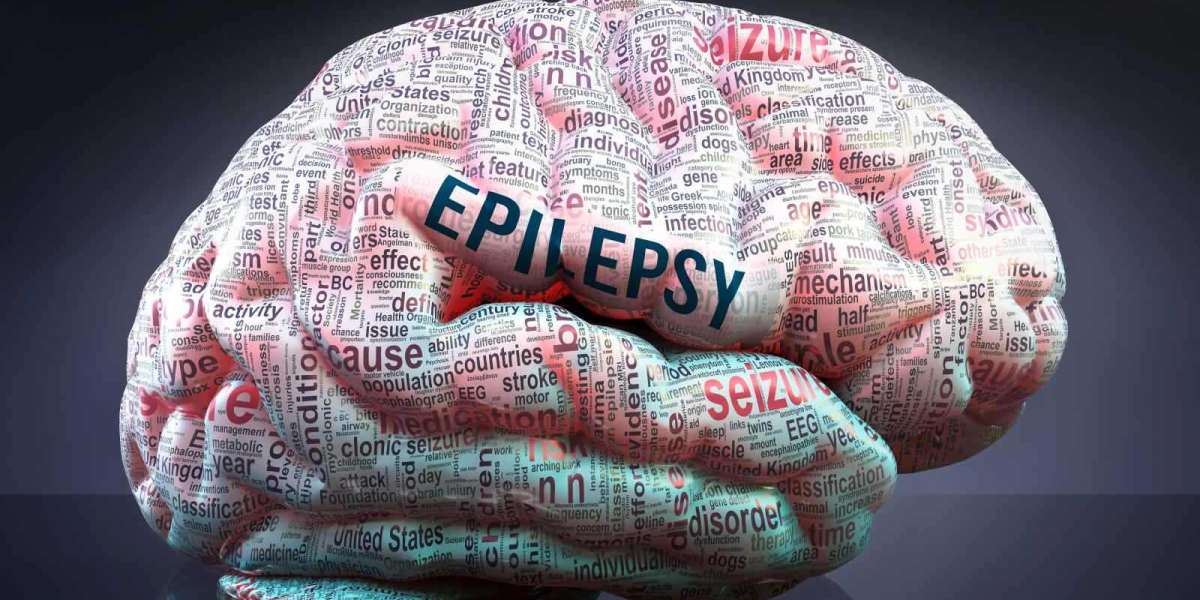worldwide. Defined by recurrent seizures, epilepsy disrupts the brain's normal electrical activity, leading to a wide array of symptoms and challenges for those living with the condition. This article delves into the intricate workings of epilepsy, exploring its mechanisms, manifestations, treatment options, and ongoing research aimed at unraveling its mysteries.
Knowing about Epilepsy:
Epilepsy is a neurological disorder characterized by recurrent seizures, which are sudden, unprovoked electrical disturbances in the brain. These seizures can manifest in various forms, from momentary lapses of consciousness to convulsions and loss of motor control. The underlying cause of epilepsy can vary greatly among individuals, ranging from genetic factors to brain injuries, infections, or developmental disorders.
The Brain's Electrical Activity:
To comprehend epilepsy, it's essential to understand the brain's intricate electrical activity. Neurons, the fundamental units of the brain, communicate through electrical impulses. These impulses create a delicate balance of excitation and inhibition, allowing for normal brain function. In epilepsy, this balance is disrupted, leading to abnormal bursts of electrical activity that result in seizures.
Types of Seizures:
Seizures in epilepsy can be broadly classified into two main categories: focal seizures and generalized seizures. Focal seizures, also known as partial seizures, originate in a specific area of the brain and may or may not involve loss of consciousness. Generalized seizures affect both hemispheres of the brain and often result in loss of consciousness and generalized convulsions.
Triggers and Risk Factors:
While the exact triggers for seizures can vary from person to person, certain factors may increase the likelihood of experiencing a seizure. These include sleep deprivation, stress, flashing lights, hormonal changes, and specific medications. Additionally, individuals with a family history of epilepsy or those who have experienced brain injuries are at a higher risk of developing the disorder.
Diagnostic Techniques:
Diagnosing epilepsy involves a comprehensive evaluation of the patient's medical history, symptoms, and diagnostic tests. Electroencephalography (EEG) is a primary tool used to record the brain's electrical activity and identify abnormal patterns indicative of epilepsy. Imaging techniques such as magnetic resonance imaging (MRI) and computed tomography (CT) scans can help detect structural abnormalities in the brain that may be contributing to seizures.
Treatment Approaches:
Treatment for epilepsy typically involves a combination of medication, lifestyle modifications, and in some cases, surgical intervention. Antiepileptic drugs (AEDs) are the primary form of treatment and work by stabilizing the brain's electrical activity to prevent seizures. For individuals with medication-resistant epilepsy, surgical procedures such as resective surgery or neuromodulation techniques may be considered to remove or modulate the epileptic focus in the brain.
Lifestyle Management:
In addition to medication, lifestyle modifications can play a significant role in managing epilepsy and reducing the frequency of seizures. These may include maintaining a regular sleep schedule, managing stress through relaxation techniques, avoiding alcohol and recreational drugs, and adhering to a balanced diet. For women with epilepsy, managing hormonal changes and discussing family planning with healthcare providers is crucial to minimizing risks during pregnancy.
Psychosocial Impact:
Living with epilepsy can have a profound psychosocial impact on individuals and their families. The unpredictability of seizures can lead to feelings of anxiety, depression, social isolation, and stigma. Educational and support programs are essential for providing individuals with epilepsy and their families with the necessary tools and resources to cope with the challenges associated with the disorder.
Advancements in Research:
Despite significant progress in understanding epilepsy, many aspects of the disorder remain poorly understood. Ongoing research efforts are focused on unraveling the underlying mechanisms of epilepsy, identifying biomarkers for early detection, and developing more targeted and effective treatments. Advances in neuroimaging, genetics, and computational modeling hold promise for advancing our understanding of epilepsy and improving outcomes for those affected by the condition.
In summary:
A complicated neurological condition that affects millions of people worldwide is epilepsy. Understanding its mechanisms, manifestations, and treatment options is crucial for improving outcomes and quality of life for individuals living with the condition. By continuing to advance our knowledge through research and innovation, we can strive towards better therapies and ultimately a world where epilepsy no longer poses a barrier to living life to the fullest.



